Sundance Could Mark the Shift in Film Festivals, Awards
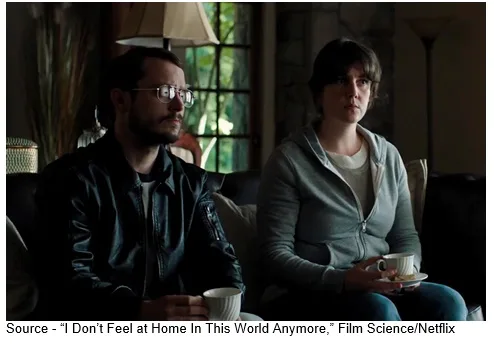
After all we talk about it, write about it, discuss it in painstaking detail, we failed our son.
The “it” is obviously how he should watch his content to get the optimum entertainment experience.
We went into his room (after knocking first) and there he sat on his bed with his smartphone in his hands.
Asked what he was doing, he said, “Watching one of the old movies from your library, Casablanca. Sorta cool!”
Old movie?
OMG kid, it’s a freakin’ classic…a gem among gems!.
Even worse, he was streaming it on his smartphone.
That just about puts a wrap on the film festival and film awards industry.
We were chatting online with one of the Sundance folks between sessions and films about the challenges of moving the event to an online venue this year and she said, “It was a lot of work done very quickly and that we hope to have things back to normal next year so people can have the complete aesthetic experience in a theater.”
Later in the conversation, we asked if she thought the changes in the AMPAS (American Motion Picture Arts and Sciences) Oscars submission rules would improve the variety and depth of film submissions, since – at least this year – they didn’t have to appear in a movie house or drive-in.
Hadn’t thought about it.
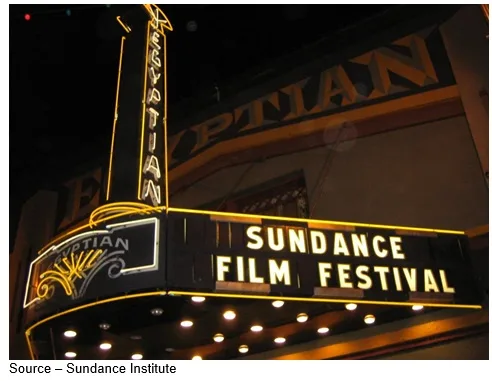
We get it … festival and awards folks would like to return to “normal,” but the industry has got to get off this nostalgia kick.
There’s no going back and too many other factors have weighed in to force a dramatic change in what the industry is and what it needs to be.
Sure, we like movie houses, we like streaming the film to our big screen OLED set and yes, our son isn’t above grabbing some entertainment on his phone.
The whole idea is for people to view, enjoy and appreciate the filmmakers’/crews’/talents’ ideas, perceptions, feelings, beauty and impact – all tied up in a great, creative package.
But suddenly it was more than just a story well told, it was who/what was behind the story and the message(s) the film left with us.
We sat through a significant number of projects that had been selected for Sundance and some of the earlier film festivals around the globe that switched to online programs and … it wasn’t the same.
We missed the overall film festival experience – vibrant interacting discussions/Q&A, cramming into a small theater late at night to watch a premiere, laughing/sniffling/screaming with the other folks, odd snacks at odd hours with odd friends, the brisk air and the budget-busting expenses.
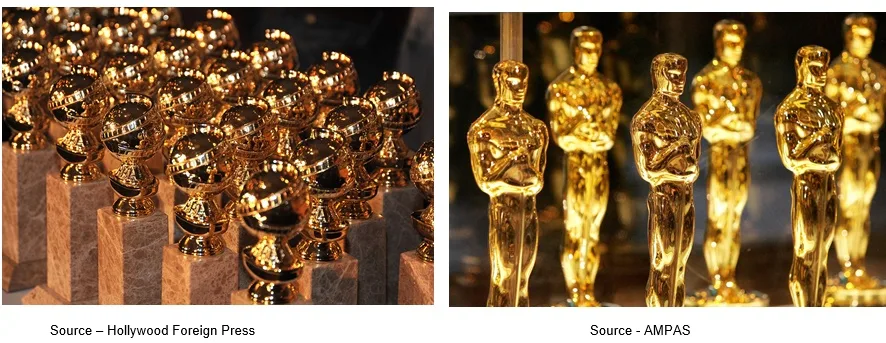
But the best part of being there was hearing about the deals that had been hammered out before and during Sundance as well as the whispers of possible Emmy, Golden Globe, Oscar, SAG and other awards for some of the creative work we’d seen before ordinary folks see them.
Was participating online the same?
No, but with so many of the film festivals being forced to be online, they were more efficient and effective.
After all, we were able to hit a couple festivals online that we would have passed on in the past.
Maybe a hybrid of the event would have been just as good … or better.
Sundance was started back in 1979 by Robert Redford and a few like-minded folks who put together a side hustle to attract filmmakers to Utah to make films.
Since then, as with the major film events around the globe it has grown as a place to have your content seen, reviewed by people who call themselves experts (judges, critics) and be sold for theatrical and increasingly streaming service viewing.

In recent years (especially this year), they’ve made a concerted effort to focus on inclusion and diversity and people have been saying, “Darn, we’ve been missing out on some great content from great people!”
Even though production was shut down for most of last year, there was a surprising number of solid films at Sundance, Berlin and already scheduled for other events on the film festival circuit.
Based on what we’ve seen thus far, funding/greenlighting/doing a film is more than having a story you want to/have to tell along with a great crew (magicians really) and the best actors you can afford.
Submissions were harder this year because they needed more than just the creatives you see in the credits.
They needed a team to guide the video story through the selection process – highlighting the strengths, glossing over any shortcomings – and positioning it where it had the best chance to be seen, get enough votes, sell, become another valuable addition to the team’s CV.
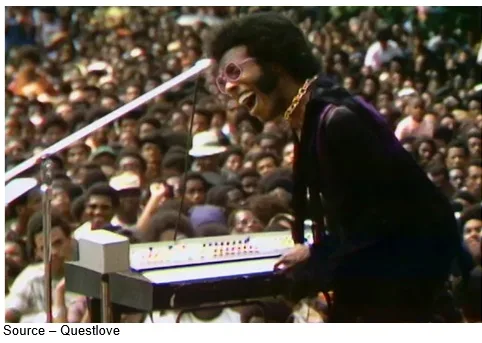
It should come as no surprise that the best stuff has the right mix/balance of people/voices are on the team – BIPOC (black, indigenous and people of color), LGBTQIA (lesbian, gay, bi, trans, questioning, inter, asexual), female, handicapped – to help the video story resonate with the broadest possible audience.
That is difficult at best, impossible most of the time.
But based on the films we saw, it was obvious the new crop of creatives sense that the time is right even though some of the judges and critics totally missed the climate change memo.
All they really had to do was pay attention:
- Sundance with the assistance of organizations like USC Annenberg has made a concerted effort in recent years to bring BIPOC, LGBTQIA involvement to the forefront.
- Canada’s top film financier, Telefilm Canada, has committed to removing previous barriers and leave no voice behind.
- The UK’s BFI has set up a clearing house for BIPOC project development and production.
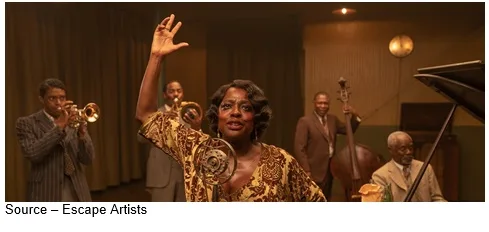
While good stories depend on diverse perspectives, breaking into the winners’ circle is far from a slam dunk for film festival or film award submissions.
Fortunately, the audience voting seemed to pick up the ball that judges/critics occasionally dropped or missed completely.

How do you pass up great work like these?
- Da 5 Bloods – Sure, Spike Lee dared to do another “let’s revisit the warzone piece,” but it was a great story, great acting, great shooting/production.
- United States vs. Billie Holiday – peeling away government subterfuge to crush a great talent gives you something you love to hate.
- Summer of Soul – the story of the Harlem Music Festival has to make you wonder how many great live music and story events you missed when you could get together with everyone else…and why.
- In the Same Breath – a pandemic film in the middle of a pandemic isn’t exactly our idea of “entertainment” but it’s a great way to hold a magnifying glass to how things got so ****ed up.
- National Geographic’s picking up Playing with Sharks seemed like a no-brainer to us, especially when you see that someone really cares about these beautiful animals that aren’t the menaces Hollywood makes them out to be.
- Ma Rainey’s Black Bottom barely received a nod in a time when attitude and self-appreciation/self-worth need to be celebrated.
- Small Axe, Nomadland, One Night in Miami, Promising Young Woman, Minari and a number of others made you wonder what was wrong with the judges and critics who didn’t really disparage the works, they did worse … they ignored/dismissed them.
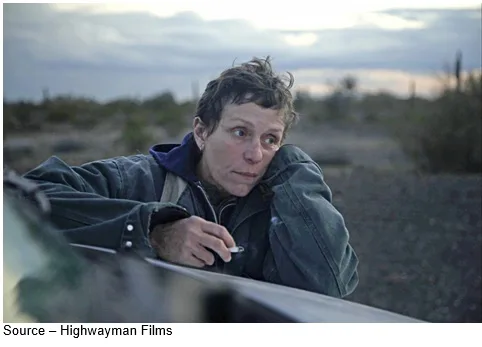
But then, our opinion on what was a good, great or really great film was just that – an opinion – and probably no better/no worse than the judges/critics.
However, several of “our” overlooked films were tapped for honors by other film festivals/award judges, so we feel better.
In fact, suddenly people went nuts over Nomadland and several of the others…thanks folks!
But the draw for indie filmmakers to Sundance, TIFF, UK, Berlin and the thousands of film festivals every year isn’t simply to help them get national, international visibility and recognition.
Forcing the events to go virtual proved that the move can help everyone in the food chain – project creator, seller, buyer; and ultimately, the viewers adjust their understanding about people, places, things.
Every festival that has struggled to remain relevant and profitable by going online has reported that they increased their audience reach in numbers and locations.
Sundance reported that it had viewers in all 50 US states and 120 countries – a far better reach than an event solely in Utah.
Later this year, participants and buyers will pick the venues they just “have” to attend to pick up the nice-to-catch online and possibly find a film they need for their theater or streaming inventory.
Depending on the festival, online venues will allow people to pay $100 – $1,000 attend and eliminate all of the T&E, partying and other expenses.
According to reports, virtual Sundance produced more and quicker sales because Zoom calls and meetings reduced the need for getting from one location to another and made in-person negotiations faster and more productive.
As one seller noted, “Sundance nailed it. The films on the Sundance platform have had an incredible response in a way that doesn’t happen in person because now, no one is running around to the next screening and you can take your time discussing the films.”
With online festivals Netflix, Amazon, Apple, Disney, A24 and even consortiums can acquire films from the UK, MENA, EU, APAC, Canada and the US and slot them for theater, day/date, streaming.
Online events give filmmakers an important international audience and global selling opportunities.

Then, assuming award organizations can get over the idea that where people see the films determines if it’s a movie or a TV show; the distributors, streamers also have the marketing muscle to help the projects win more awards.
More awards mean more tickets will be sold (theaters), more streaming transactions (PVOD) will be made and more streaming minutes (SVOD) people will watch and recommend the projects to others (more subscriptions).
And BAM! the entire industry has a new lease on life.
Whether it’s film festivals or award ceremonies, you or we aren’t going to convince our son or his peers to put down the smartphone and go to the theater, watch the film on the living room screen or even change their definition as to what is a movie, what is a TV show or what is simply excellent entertainment.
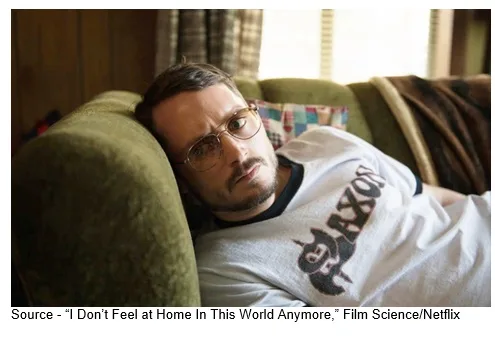 As Ruth said in I Don’t Feel at Home in this World Anymore, “Now I’m the only one who remembers any of that, and pretty soon … I’ll just be carbon. So, none of it matters.”
As Ruth said in I Don’t Feel at Home in this World Anymore, “Now I’m the only one who remembers any of that, and pretty soon … I’ll just be carbon. So, none of it matters.”
Perhaps it’s time for award program and festival management to catch up with the world around us and the audience?
# # #
Andy Marken – [email protected] – is an author of more than 700 articles on management, marketing, communications and industry trends in media & entertainment, as well as consumer electronics, software and applications. An internationally recognized marketing/communications consultant with a broad range of technical and industry expertise in storage, storage management and film/video production fields; he has an extended range of relationships with business, industry trade press, online media and industry analysts/consultants.